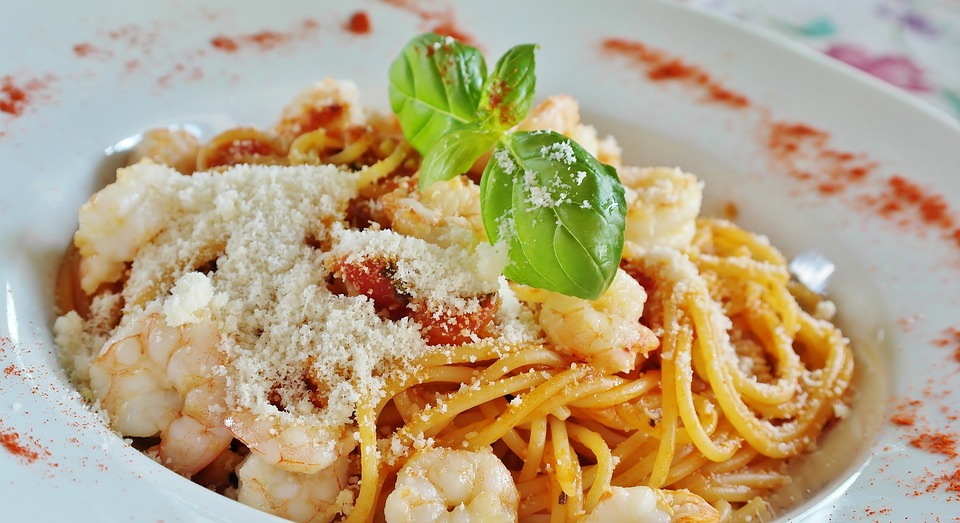From Farm to Table: The Art of Gourmet Dining
In an age where consumers are increasingly conscious of what they eat, the farm-to-table movement has blossomed into a significant trend that emphasizes the relationship between diners and the origin of their food. It transforms dining from a mere necessity into a culinary experience that celebrates freshness, quality, and sustainability. This article explores the art of gourmet dining within the context of farm-to-table philosophy, illustrating how this approach redefines our relationship with food.
Understanding Farm-to-Table
At its core, the farm-to-table movement advocates for sourcing ingredients directly from local farmers and producers. This ensures that food is fresh, seasonal, and sustainable. By supporting local agriculture, restaurants and diners alike contribute to the community’s economy while reducing the carbon footprint associated with transporting food over great distances.
Farm-to-table dining showcases not only the ingredients but also the stories behind them. Chefs often develop personal relationships with local farmers, understanding the nuances of different varieties and harvesting methods. This depth of knowledge enables chefs to create dishes that highlight the unique flavors and textures of each component.
The Culinary Experience
Gourmet dining within the farm-to-table context is characterized by several key elements:
-
Seasonality: Chefs revel in the distinct tastes of seasonal produce. Spring might bring tender asparagus and peas, while autumn could showcase hearty squash and root vegetables. This emphasis on seasonality inspires creativity in the kitchen, leading to an ever-evolving menu that reflects nature’s bounty.
-
Simplicity and Integrity: When ingredients are fresh and of high quality, they speak for themselves. Gourmet chefs often adopt a philosophy of simplicity, allowing the natural flavors to shine through. This can result in dishes that are elegantly simple, focusing on essential techniques and thoughtful presentation.
-
Artistry: Gourmet dining is not only about taste but also about aesthetics. The presentation of farm-fresh ingredients can be a work of art, transforming plates into visually striking experiences. The careful arrangement of colors, textures, and forms makes each dish not just a meal, but an event.
- Sustainability: Ethical sourcing and environmental responsibility are crucial components of the farm-to-table ethos. Many gourmet restaurants strive to minimize waste, composting scraps and utilizing every part of an ingredient wherever possible. Furthermore, prioritizing organic and biodynamic farming practices supports healthier ecosystems.
The Role of Chefs
The role of chefs in the farm-to-table movement goes beyond cooking. They are often seen as educators and advocates for sustainable practices. Skilled chefs engage with their customers, sharing stories about the farmers and the origins of their ingredients. This connection fosters a deeper appreciation for the food being consumed, turning dining into a shared journey of discovery.
Many prominent chefs have emerged as champions of farm-to-table dining, creating businesses that prioritize local produce, ethical practices, and community involvement. Their influence encourages not only consumers but also other restaurateurs to rethink their sourcing practices.
The Joy of Discovery for Diners
For diners, the experience of farm-to-table dining is transformative. It invites them to reconnect with the food they consume, to appreciate the labor and passion behind each ingredient. Many restaurants offer tasting menus that guide guests through a culinary journey, highlighting the best local produce available at any given time.
Furthermore, these dining experiences often include opportunities for collaboration with local farmers. Events like farm dinners allow guests to enjoy meals prepared on-site at farms, further bridging the gap between diners and the source of their food.
Conclusion
The art of gourmet dining has evolved significantly with the rise of the farm-to-table movement. By emphasizing freshness, sustainability, and a deep respect for the ingredients, this approach fosters a greater awareness of our food system. As diners, we are invited not only to appreciate the flavors on our plates but also to engage with the stories behind them. Embracing farm-to-table dining opens up a world of culinary art that honors the earth and the communities that nourish us, making every meal an opportunity for connection and discovery. In this culinary landscape, the journey from farm to table becomes a celebration of taste, tradition, and sustainability.



